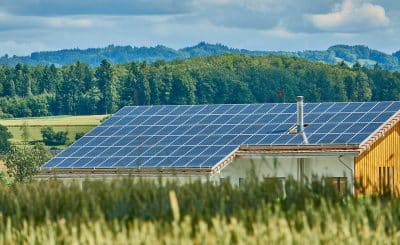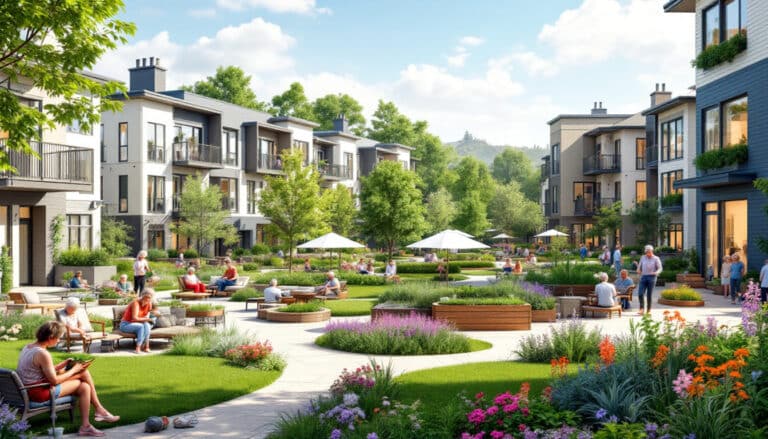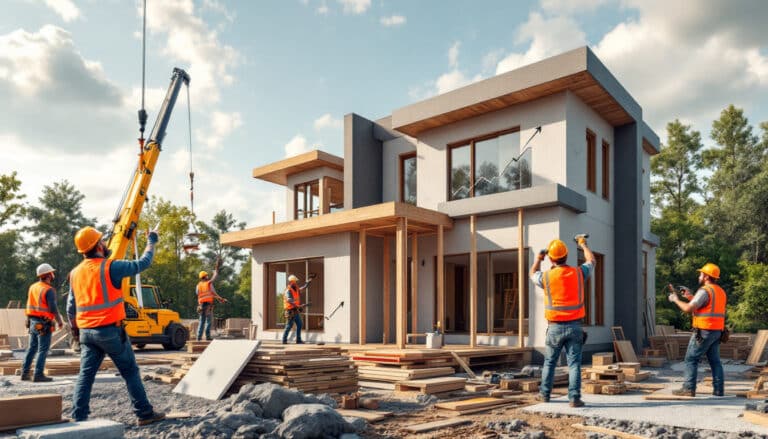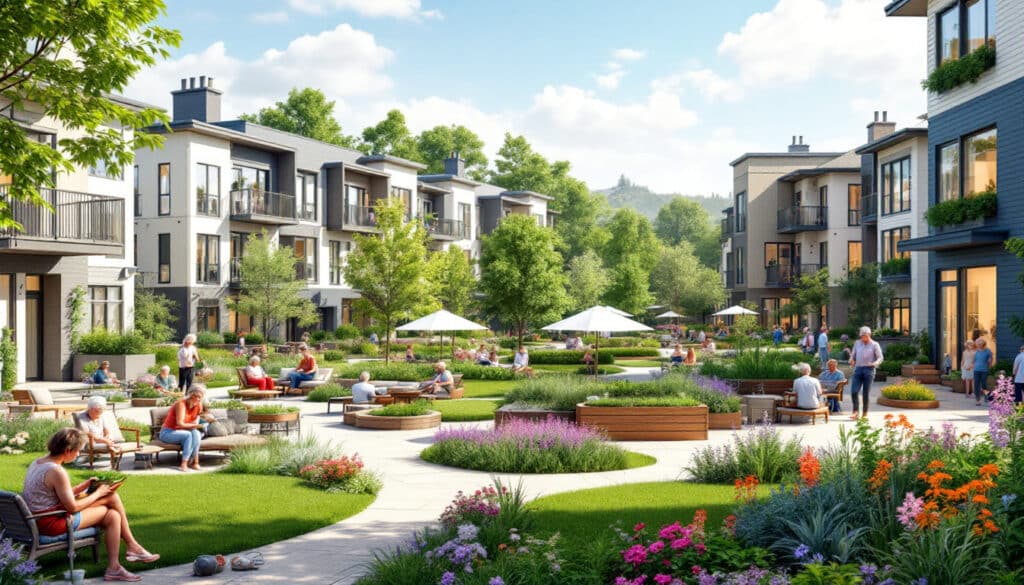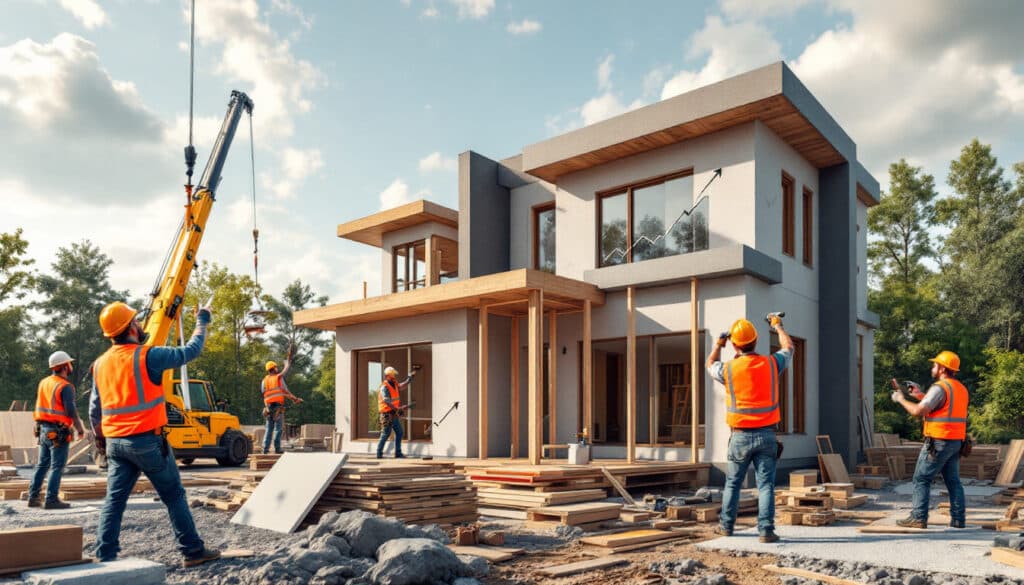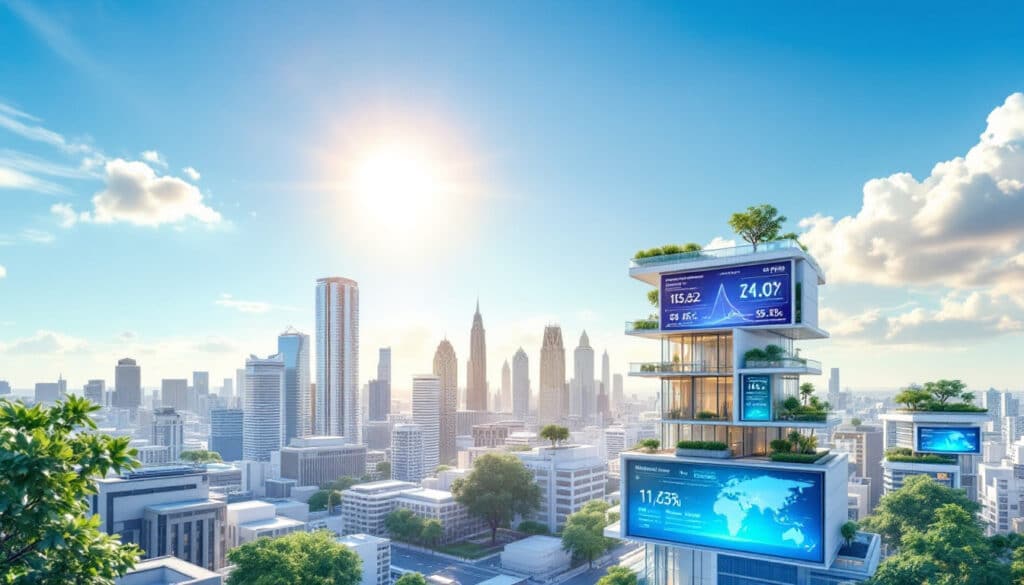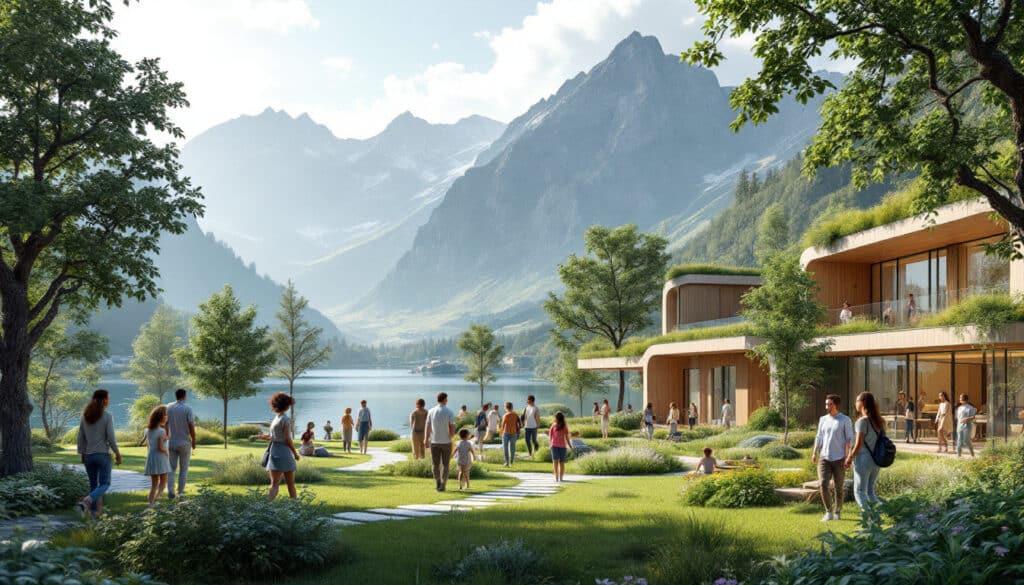Amory Lovins, recognized as a pioneer of energy efficiency, advocates for a radical transformation of our habitats in the face of modern climate challenges. Through his vision, he emphasizes the importance of sustainable construction and the adoption of bioclimatic designs to reduce energy consumption. Lovins also introduces the concept of negaWatt, a unit measuring saved energy, insisting that the best energy is the one we do not consume. His work at the Rocky Mountain Institute shows that by integrating innovative solutions, buildings can become not only consumers of energy, but also contributors to energy autonomy and the renewable energy revolution.
Amory Lovins, a pioneer in the field of energy efficiency, envisions a radically different approach to modern architecture. His deep conviction is based on the idea that the best energy is the one we do not consume. In a context where challenges related to the climate emergency and the energy crisis are multiplying, Lovins advocates for a complete reevaluation of building design.
He argues that we can revolutionize our habitat through ecological houses and bioclimatic design, which not only reduce environmental impact but also improve occupant comfort. His approach is based on the notion of negaWatt, a theoretical unit representing saved energy, an idea that pushes to completely rethink our energy consumption methods. Lovins demonstrates that it is possible to integrate innovation into sustainable construction, making each project an opportunity to contribute to a greener future.
Lovins’s work is not limited to abstract theories: he presents concrete solutions capable of transforming the construction sector while providing energy autonomy to buildings. His pragmatic vision embodies a model to follow for those aspiring to a world where the balance between technological progress and environmental protection is paramount.
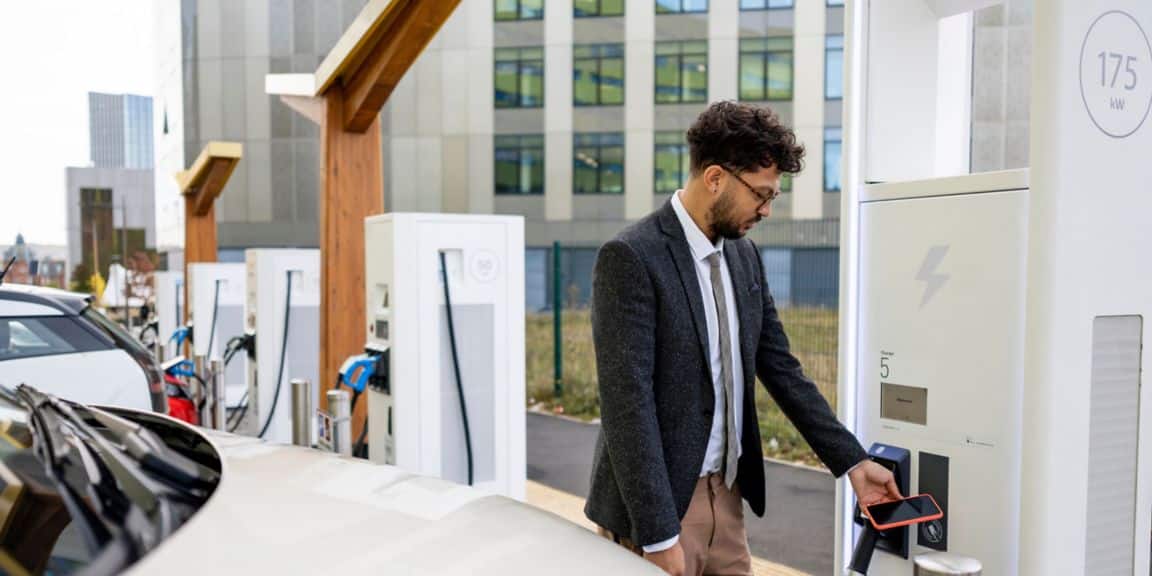
Table of Contents
ToggleAmory Lovins and the Energy Future of Buildings
Amory Lovins, American physicist and ecologist, is recognized as an emblematic figure in the field of energy efficiency and sustainable construction. With a career spanning over four decades, he has made significant contributions to discussions on energy transition, promoting the idea that instead of increasing energy production, it is essential to reduce consumption while improving efficiency. His impressive academic background includes studies at Harvard and Oxford, where he deepened his scientific knowledge before dedicating his professional life to finding innovative energy solutions.
At the heart of his convictions lies the concept of negaWatt, a theoretical unit that measures saved energy. Far from being a simple abstract notion, this idea is part of a pragmatic approach that aims to redefine our relationship with energy by encouraging a reevaluation of our consumption models. For Lovins, the best energy is the one we do not consume. This requires a rethinking of building design and an integration of bioclimatic design principles to promote optimal use of available resources.
Lovins’s vision for the future of buildings is based on the idea of intelligent architecture, where every element is designed to minimize the energy footprint. In his flagship book “Reinventing Fire,” he outlines scenarios for transforming large energy-consuming sectors—such as construction, transportation, and industry—through the adoption of green technologies and innovations. He advocates for the systematic integration of renewable energy and concepts of energy autonomy, allowing homes to become net energy contributors rather than passive consumers.
One of Lovins’s notable achievements is the design of the positive energy house, a project that embodies his ideas on the synergy between energy efficiency and sustainable development. This house, which produces more energy than it consumes, is an emblematic example of what he sees as a necessity in the real estate sector. These innovative homes should be designed not only to reduce energy needs but also to harmoniously integrate into their natural environments, while optimizing their ecological impact.
With the climate crisis and the rise of environmental concerns, Amory Lovins’s ideas are increasingly resonating in public policies and investment decisions. His incentive approach encourages real estate developers to adopt sustainable construction practices that promote the use of renewable and accessible materials, while integrating green energies into new buildings. Furthermore, the importance of adequate training for building professionals is essential to implement these concepts.
By working at the helm of the Rocky Mountain Institute, Lovins has expanded his impact by forming a team of scientists dedicated to researching solutions for the energy future. Together, they explore strategies that not only aim for an energy transition but also encourage a cultural transformation regarding our relationship with energy. Amory Lovins’s vision for a sustainable and integrated energy future is an inspiration for future generations, highlighting an increased necessity to act in the face of current environmental challenges.
FAQ about Amory Lovins and the Energy Future of Buildings
Q : Who is Amory Lovins?
A : Amory Lovins is an American physicist and ecologist, known for his work on energy efficiency and the transition to renewable energy. He is the founder of the Rocky Mountain Institute.
Q : What is the main idea advocated by Amory Lovins?
A : Amory Lovins advocates the idea that the best energy is the one we do not consume, emphasizing the importance of energy efficiency.
Q : What is the concept of “negaWatt”?
A : The “negaWatt” is a theoretical unit of saved energy, introduced by Amory Lovins to measure power that is not used.
Q : What types of buildings does Lovins recommend?
A : He recommends ecological houses that integrate principles of sustainable construction, bioclimatic design, and energy autonomy.
Q : How does Amory Lovins see the future of buildings?
A : Lovins envisions a revolution in habitat where each building is designed to optimize energy consumption through innovative solutions.
Q : What impact do these ideas have on the current energy crisis?
A : Amory Lovins’s ideas can help reduce dependence on fossil fuels and mitigate the effects of climate change by promoting innovation and energy efficiency in construction.

